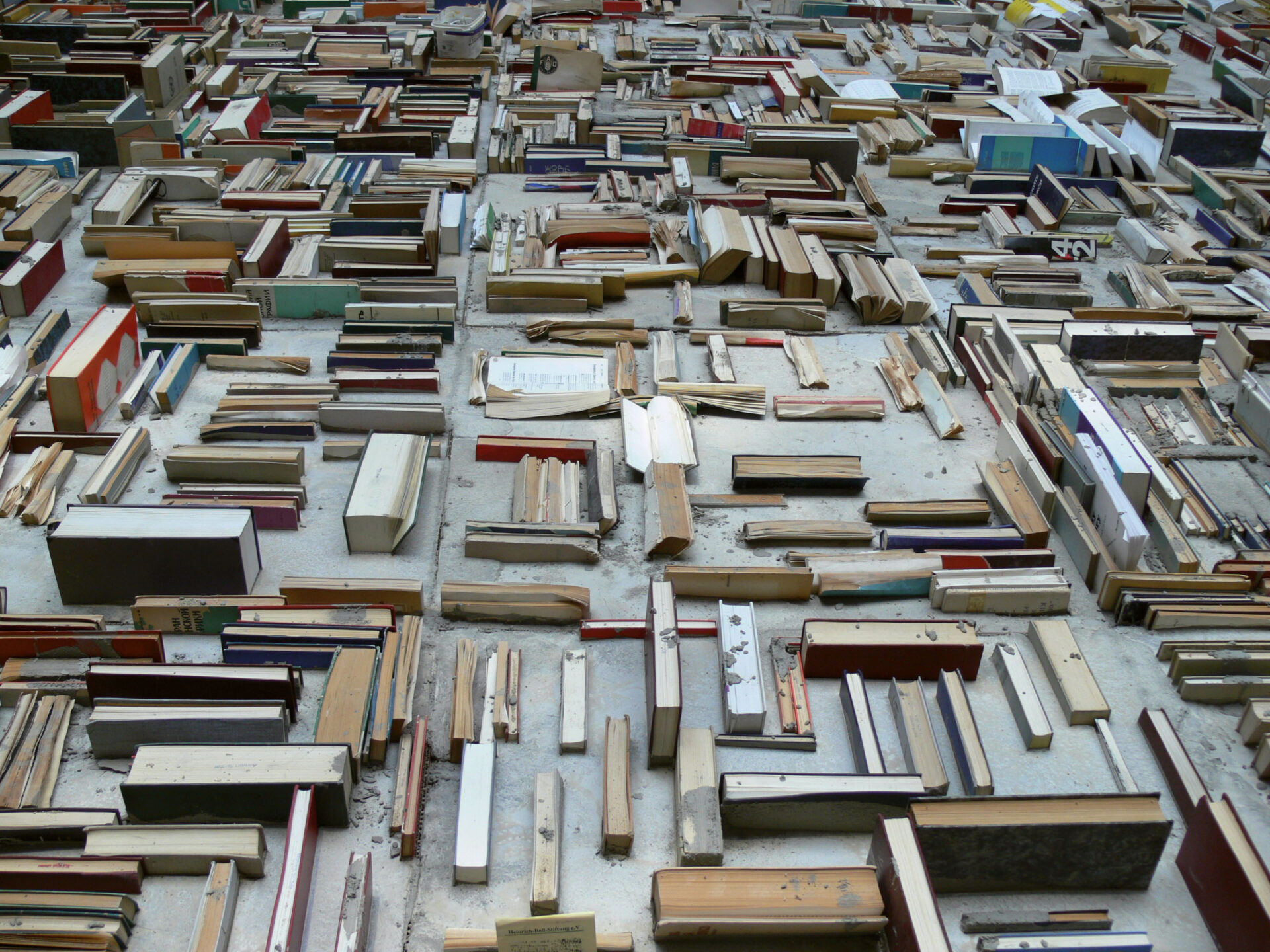
Of Time and Contaminated Flowers: On the Work of Susanne Kriemann and Anaïs Tondeur
Ballard’s story has recently been read as bringing into relief the rhetoric of urgency that characterizes contemporary popular environmentalism.2 2 - Rebekah Sheldon, The Child to Come: Life After Human Catastrophe (London and Minneapolis: University of Minnesota Press, 2016), 32. 32.. This uncertainty-driven social malaise can be expressed as the desire to label the unknown and threatening future as safe, lodging it as anticipated, regularized, and, thus, manageable. Certain technologies offer precisely that promise of securing a known and mapped future. The gradual loss of the flower’s supernatural technology of delay, however, betrays the futility of this exercise, which also comfortably shifts our gaze from the present. Yet what would happen if we left behind such pre-established certainties and let the flowers guide us in unexpected temporal encounters that incited us to embrace a more uncertain perspective and linger within the present? Taking flowers as their guides to uncertain futures and contaminated territories, some contemporary artists are initiating unexpected collaborations with toxic plants.


